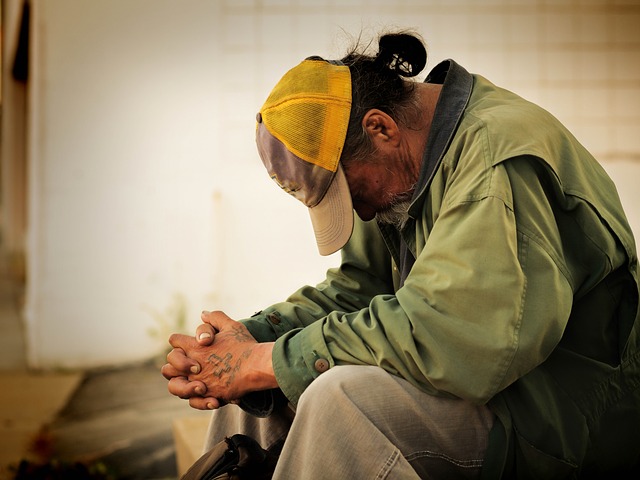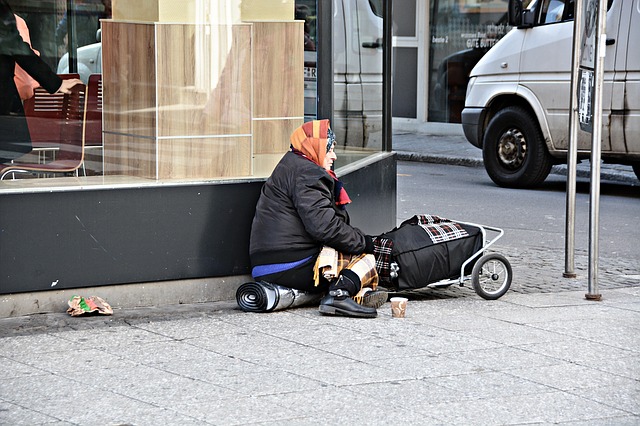
- Better Society -
- 3mins -
- 358 views
Discover how Finland is tackling homelessness by giving homes away
By replacing temporary accommodation with permanent housing based on rental contracts, the Finnish scheme has provided 7,290 permanent homes since 2009.
Housing first: How Finland is ending homelessness
Since the 1980s in Finland, the state, municipalities, NGOs and volunteers have been working tirelessly to reduce homelessness, making Finland the only country in Europe where the number of homeless people is actually on the decline.
Housing First is a principle, an operating model, an ideology and a way of thinking
Why Housing First? Of particular importance is that in the 2000s, the Finnish government launched and funded programmes aimed at reducing homelessness, which have in particular tackled the situation of the most vulnerable long-term homeless.
With the help of these programmes, organisations and municipalities have, for example, provided new housing for the homeless and reformed the services aimed at them.
All those involved wanted the same thing: to humanise the life of the homeless.
The state’s firm guidance turned reducing homelessness into a shared goal. The process went on despite the economic recession that began in 2008 , during which cuts were made to many other services provided by society.
First and foremost, however, it all required a complete reversal in how homelessness was thought about: the whole system was built on the basis of the Housing First principle.
Above all, Housing First is a principle. It is also an operating model, an ideology and a way of thinking.
The Housing First principle is guided by the notion that having a place to live is both a human right and a basic right.
Source: ysaatio.fi

A dwelling is the foundation on which the rest of life is put back together
In the Housing First model, a dwelling is not a reward that a homeless person receives once their life is back on track. Instead, a dwelling is the foundation on which the rest of life is put back together.
When a person has a roof securely over their head it is easier for them to focus on solving their other problems.
This shift in thinking particularly changed the lives of those long-term homeless people who had been in the most difficult position of all.
This group includes people recovering from substance abuse and mental health issues, for example.
Applying the model has reinforced the idea that they too can manage in a regular rental apartment if they receive the right kind of support.
Naturally, housing cannot be provided unless apartments exist, and it has been crucial for the implementation of the model that more affordable housing has come on the market.
Constructing and purchasing new, affordable housing was one of the most important goals of the Finnish National Programme to reduce long-term homelessness.
Municipalities, cities and other organisations bought and built housing but the state also supported housing production.
Source: ysaatio.fi

The Housing First principle produces results
In addition to benefiting individual homeless people, the principle benefits society as a whole.
- In Tampere, for example, the supported housing unit in Härmälä reached almost €250,000 in savings in one year thanks to the model.
- The savings in terms of the services needed by one person can be up to €9,600 a year when compared to the costs that would result from that person being homeless.
- Additionally, housing one longterm homeless person saves about €15,000 of society’s funds per year.
- The most important thing, however, is that since 1987 about 12,000 people have received a home.
Source: ysaatio.fi

